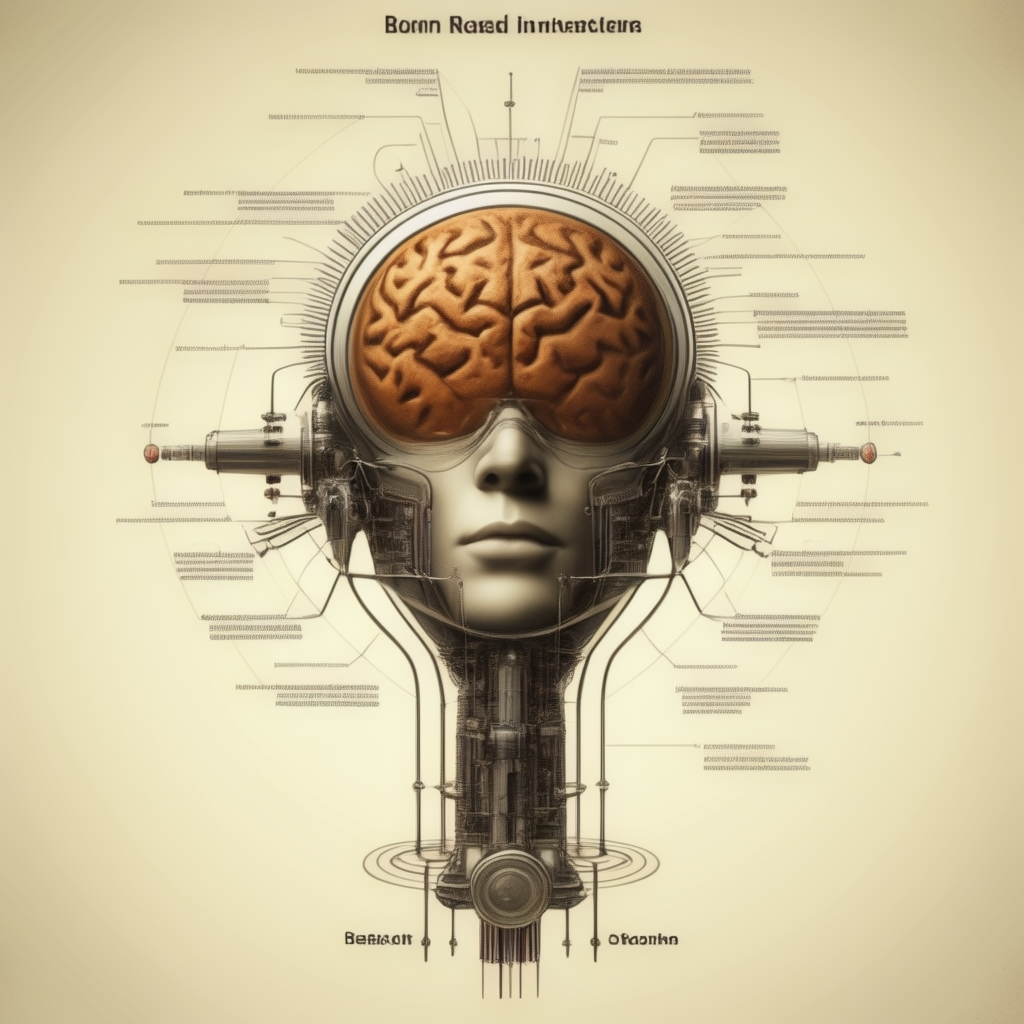Introduction
In this blog post, we’ll delve into the intricate world of recommendation algorithms, explaining the concepts, and guiding you through the process of building a personalized recommendation system from scratch.
Section 1: Understanding Recommendation Systems: The Magic of Recommendations: Unveiling the AI Behind Personalized Suggestions:
In this section, we’ll start by demystifying recommendation systems. Recommendation systems are AI-powered tools that provide personalized suggestions to users. They’re commonly used in various domains, from e-commerce and streaming services to news platforms. We’ll discuss the three primary types of recommendation systems:
- Collaborative Filtering: This approach relies on user-item interactions. We’ll explore user-based and item-based collaborative filtering techniques, explaining how they find similarities between users or items.
- Content-Based Filtering: Content-based recommendations focus on the attributes of items and user profiles. We’ll delve into feature extraction, TF-IDF, and cosine similarity, which are essential components of content-based systems.
- Hybrid Recommendation Systems: To combine the strengths of collaborative and content-based filtering, hybrid systems are introduced. We’ll discuss the advantages and practical considerations when implementing hybrid recommendations.
Section 2: Data Collection and Preprocessing: Data Goldmine: How to Gather and Prepare Data for Recommendations:
To build a recommendation system, data is the backbone. In this section, we’ll explore the nuances of data collection and preprocessing:
- Data Sources: Recommendation systems require data about user behavior, item attributes, and user profiles. We’ll detail where to source this data and how to structure it.
- Data Preprocessing: Raw data often needs cleaning, normalization, and feature engineering to be usable. We’ll go through these steps, showing how to prepare your data for modeling.
Section 3: Collaborative Filtering: Collaborative Filtering: User-Based and Item-Based Approaches
Collaborative filtering is a popular recommendation technique. We’ll explain the following concepts:
- User-Based Collaborative Filtering: This method finds users with similar preferences and suggests items they have liked. We’ll cover the steps involved and discuss its pros and cons.
- Item-Based Collaborative Filtering: Here, items with similar user interactions are recommended. We’ll explore how this works, its advantages, and limitations.
Section 4: Content-Based Filtering: Content-Based Recommendations: How AI Learns Your Preferences:
Content-based filtering focuses on the features of items and user profiles. We’ll cover:
- Feature Extraction and TF-IDF: How to extract relevant features from text or other data. Term Frequency-Inverse Document Frequency (TF-IDF) is a vital technique here.
- Cosine Similarity and Content-Based Filtering: We’ll explain how cosine similarity measures the similarity between user profiles and items, which is the foundation of content-based recommendations.
Section 5: Hybrid Recommendation Systems: Best of Both Worlds: Building Hybrid Recommendation Systems:
Hybrid systems combine collaborative and content-based approaches. In this section, we’ll delve into:
- Combining Approaches: How to blend collaborative and content-based recommendations to benefit from both worlds.
- Weighting and Fusion Strategies: Techniques to determine the importance of each recommendation source and combine them effectively.
- Case Studies on Hybrid Systems: Real-world examples of successful hybrid recommendation systems, such as those used by Netflix and Amazon.
Section 6: Evaluation and Metrics: Measuring Success: Essential Metrics for Recommendation Systems:
Measuring the performance of your recommendation system is crucial. We’ll discuss:
- Evaluation Metrics: Metrics like Root Mean Squared Error (RMSE), Mean Absolute Error (MAE), Precision, Recall, and F1-Score, used to assess how well your system is performing.
- A/B Testing and User Studies: Practical methods to gather user feedback and conduct A/B tests to refine and validate your recommendations.
- The Challenges of Measuring Recommender System Performance: The complexities and potential pitfalls in evaluating recommendation systems.
Section 7: Building a Recommendation Algorithm: Constructing Your Customized Recommender: A Practical Walkthrough
This section is where the rubber meets the road. We’ll guide you through the practical steps of building a recommendation algorithm:
- Coding the Algorithm in Python: We’ll provide code examples in Python, utilizing libraries such as NumPy, Pandas, and scikit-learn to implement the recommendation system.
- Utilizing Libraries like TensorFlow, PyTorch, or scikit-learn: Discuss how machine learning and deep learning libraries can be used to implement more complex recommendation models, such as matrix factorization and neural collaborative filtering.
- Handling Scalability and Real-time Recommendations: We’ll explore techniques for handling large datasets and ensuring your recommendation system can provide real-time suggestions to users.
Section 8: Deployment and Scaling: Taking It to the Real World: Deploying and Scaling Your Recommendation System
Building a recommendation algorithm is one thing; deploying and scaling it is another. We’ll address these important aspects:
- Deployment Options: Discuss different deployment methods, such as using cloud services (AWS, GCP, Azure), containerization with Docker, or on-premises setups.
- Handling User Growth and Scalability Challenges: Explore strategies for ensuring your recommendation system can accommodate a growing user base and increased data.
- Continuous Monitoring and Maintenance: The importance of monitoring recommendation performance, retraining models, and addressing issues promptly to provide a seamless user experience.
Section 9: Personalization and AI Ethics: Balancing Personalization and Privacy: Navigating the Ethics of Recommendation Systems
In the final section, we’ll tackle ethical considerations:
- The Ethical Implications of Personalization: Discuss the potential downsides of recommendation systems, including filter bubbles and the echo chamber effect.
- User Privacy and Data Security: Address how to protect user data and maintain privacy while delivering personalized recommendations.
- Implementing Fairness and Transparency: Explore strategies to ensure recommendations are fair and transparent, avoiding biases and discrimination.
Conclusion
In the conclusion, we have covered main topics in brief on ‘how to build recommendation engine’ and going forward we will go into detailed of each topic. we’ll summarize the key takeaways from this comprehensive guide on building recommendation algorithms in  . We’ll emphasize the importance of personalized recommendations in today’s digital landscape and how understanding recommendation systems can be a game-changer for businesses and users alike.
. We’ll emphasize the importance of personalized recommendations in today’s digital landscape and how understanding recommendation systems can be a game-changer for businesses and users alike.
Additional Resources
Finally, we’ll provide a list of references, books, research papers, and online courses to help readers further explore the world of recommendation systems and AI. This section will enable readers to continue their learning journey beyond this blog post.
This detailed and comprehensive blog post will provide readers with an extensive understanding of recommendation algorithms, from the theory behind them to practical implementation, ethical considerations, and further learning resources. It aims to empower readers to create their own powerful recommendation systems.







